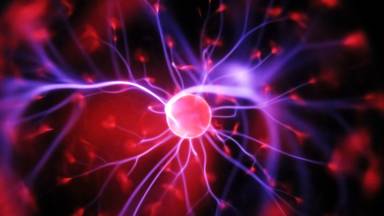
Based on the findings bees can understand the concept of zero, Australian and French researchers began testing whether bees can perform arithmetic operations such as addition and subtraction.
Researchers from RMIT University in Melbourne, Australia designed a maze to train honeybees simple mathematics such as addition and subtraction. They found out that bees can recognize colors and symbolic representation and use this information to solve arithmetic problems.
Many species can understand the difference between numbers and use the ability to make decisions and solve problems related to foraging, but understanding the concept of numbers and arithmetic operations require more levels of processing.
This fact that the miniature brain of bees can grasp basic mathematical operations can revolutionize the future development of AI, especially in improving rapid learning.
According to the research of RMIT University, bees can understand the concept of zero. Addition and subtraction are difficult because it needs two levels of processing, RMIT’s Associate Professor Adrian Dyer said: “You need to be able to hold the rules around adding and subtracting in your long-term memory, while mentally manipulating a set of given numbers in your short-term memory.”
How was the Bees' classroom?
The experiment, conducted by Ph.D. researcher Scarlett Howard in the Bio-Inspired Digital Sensing-Lab (BIDS-Lab) at RMIT, involved training honeybees with a Y-shaped maze.
They used the reward of sugar water for the correct choice and bitter-tasting quinine solution if the choice was incorrect.
You might know that bees will come back to the place which they have found a good source of food, so they repeatedly came back to the experimental place set-up to collect food and continue learning.
When entering the maze, bees would face with 1 to 5 colorful shapes, If shapes were blue, which meant the bee must add, or yellow, which meant the bee must do subtraction.
After viewing the initial number, the bee would fly through a hole into a decision hall where it could choose to fly to the left or right side of the maze. One side was the correct answer and the other one was the wrong answer. And to avoid bees learning to visit just one side, the sides of the answer was changed randomly.
At first, bees made random choices until they could find out how to solve the problem. After over 100 times learning trials that took 4 to 7 hours, bees learned that blue meant +1, while yellow meant -1. The bees could then apply the rules to new numbers.
The ability to solve mathematical problems needs short term working memory, complex mental management of numbers and long-term rules.
"Our findings suggest that advanced numerical cognition may be found much more widely in nature among non-human animals than previously suspected."
Bottom line
"Our findings show that the complex understanding of maths symbols as a language is something that many brains can probably achieve, and helps explain how many human cultures independently developed numeracy skills."
Story Source: Materials provided by RMIT University.









